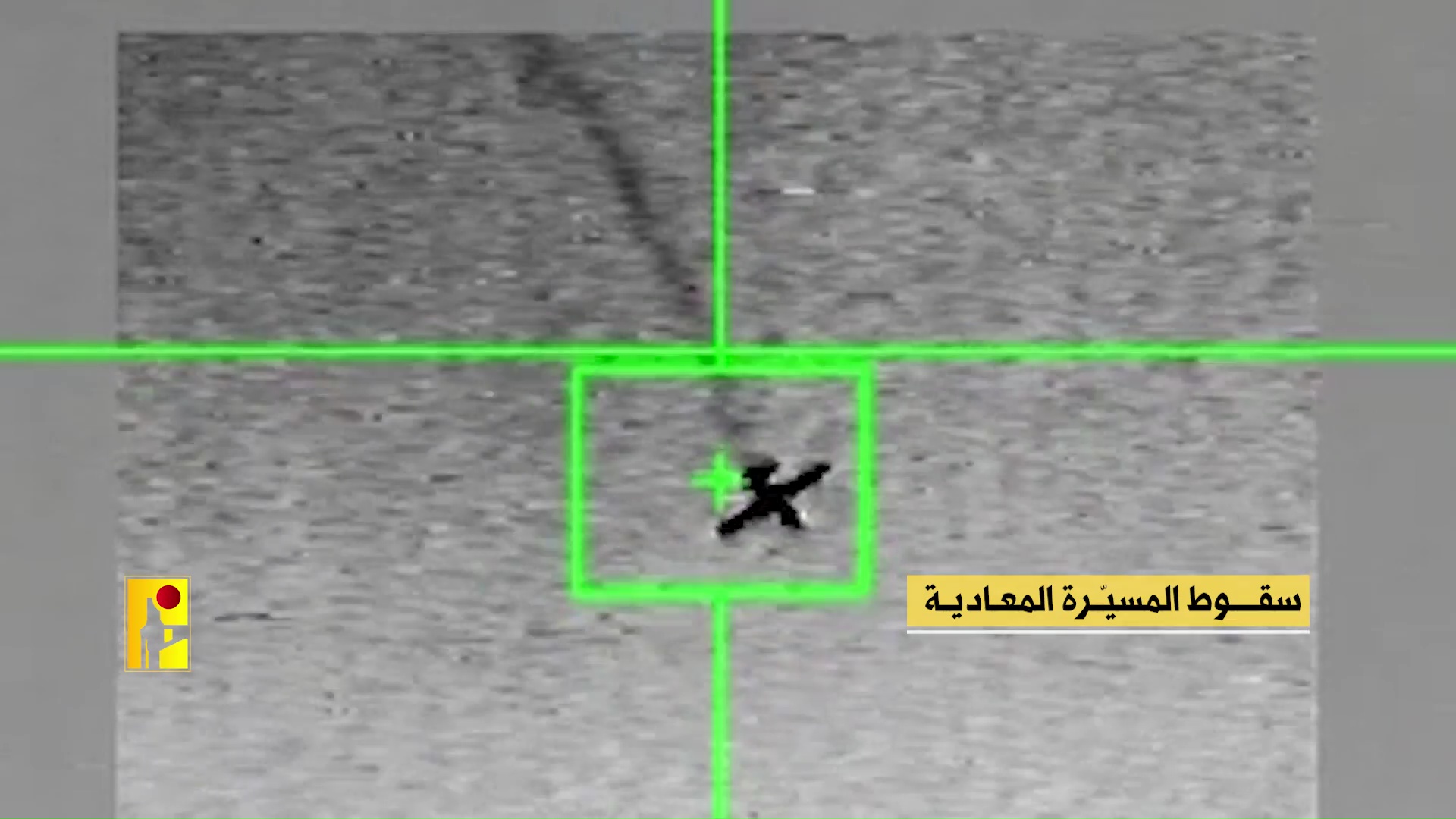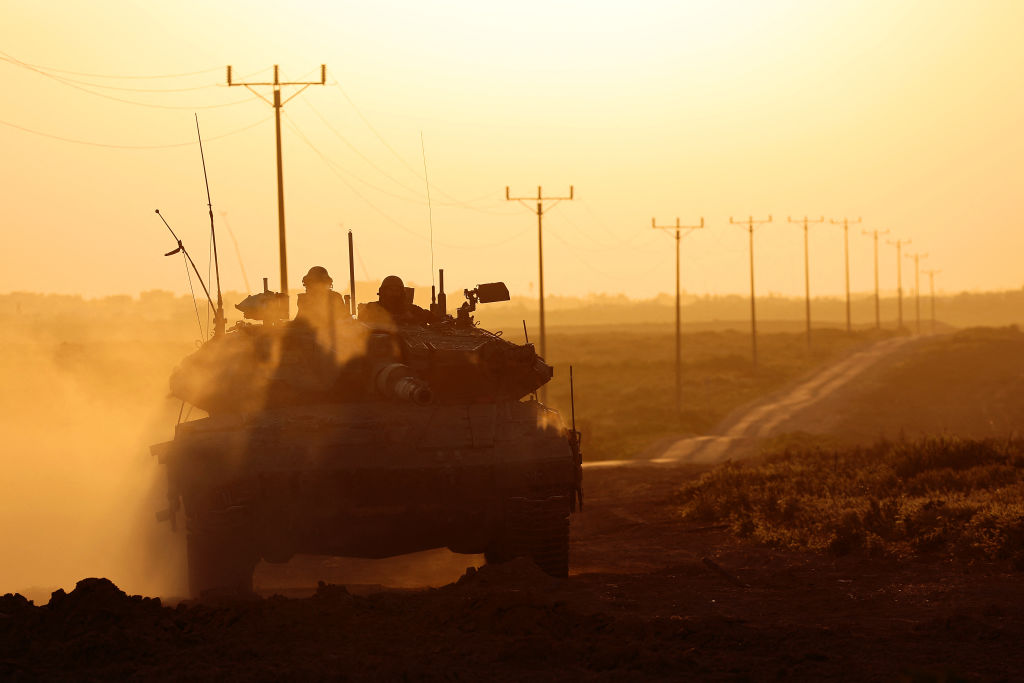
On April 7th, the Israel Defense Forces (IDF) carried out airstrikes against sites belonging to Hezbollah's air defense unit in northeastern Lebanon after the terror group shot down an Israeli military drone. The targets included a compound and three additional infrastructures relating to Hezbollah's air defenses in the Baalbek District, according to IDF sources. There were no casualties from the strikes, but two areas were hit: Janta an arid mountainous region close to the border with Syria and Sifri, which is located in the center of Bekaa Valley. The Israeli military has been bracing for a second war against Hezbollah after anti-tank missiles were discovered near Kibbutz Metzuba, which borders Lebanon. This incident occurred just over two years ago when a mother and her son were killed as they drove home to pick up belongings from their house in January 2019.



